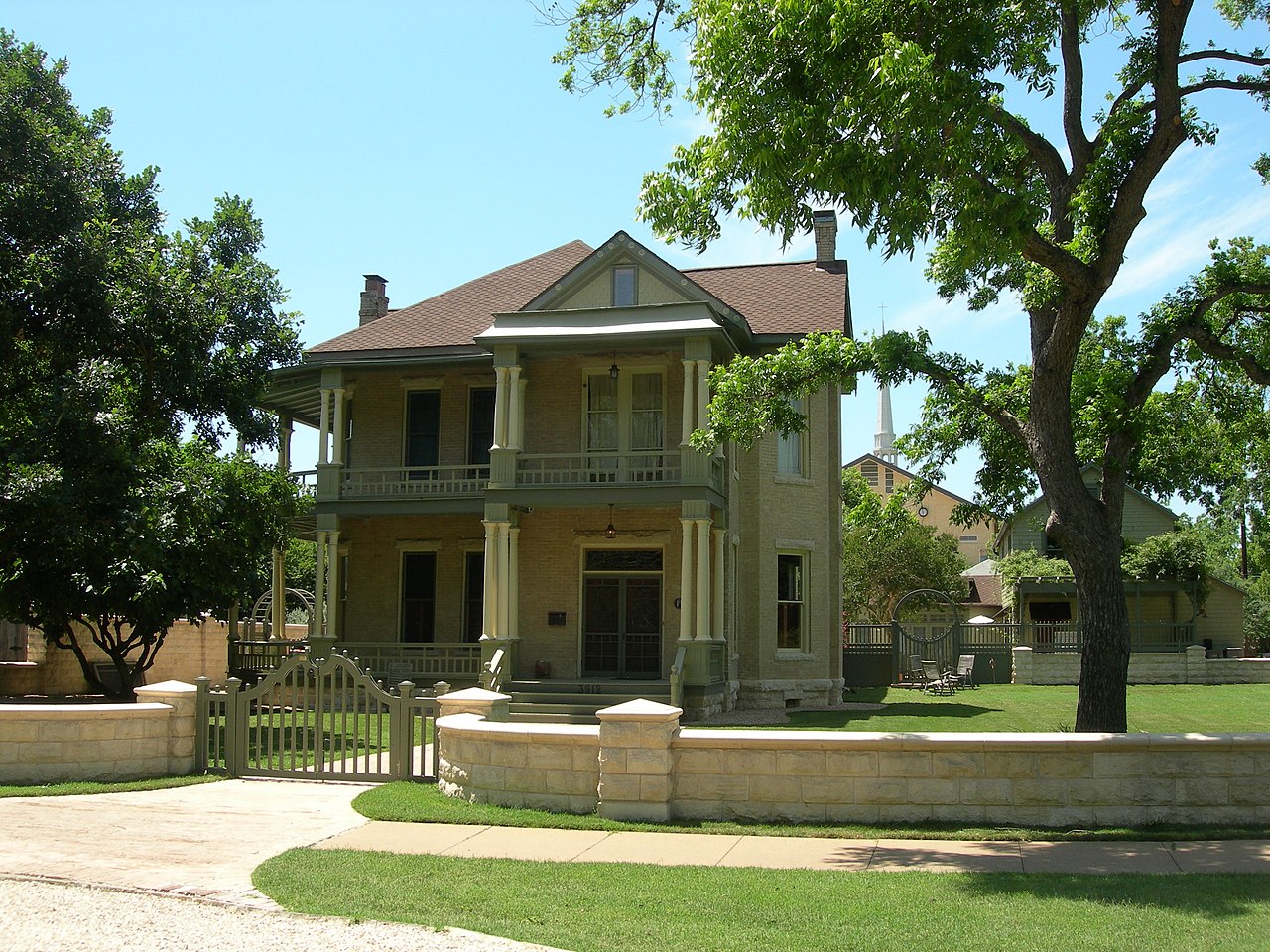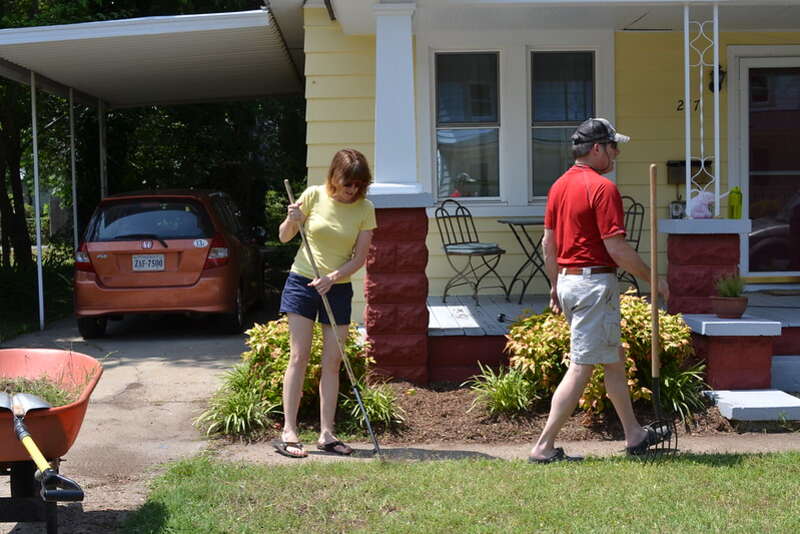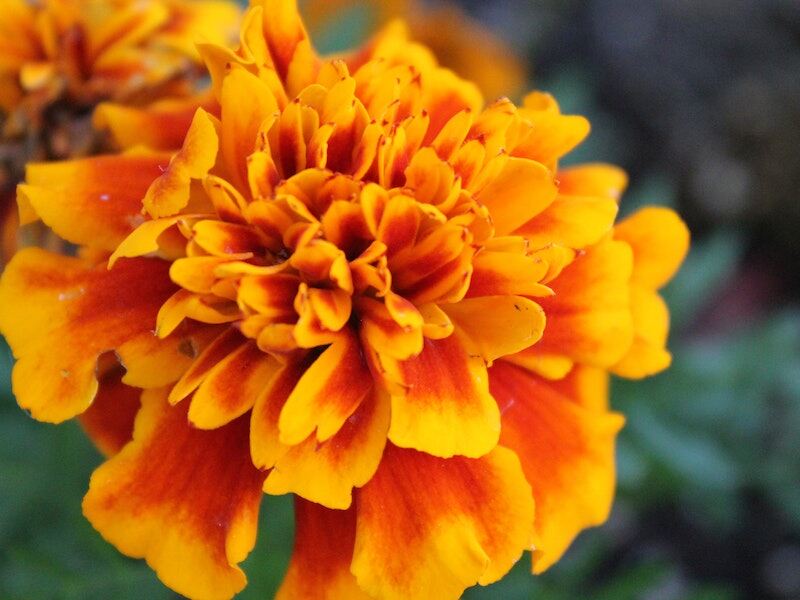
As a new homeowner in beautiful Central Texas, you’ve likely already started thinking about the perfect landscaping for your new home. But before you jump right in, you should know a few things. Austin’s unique climate and terrain can present some particular challenges, so here’s a quick guide to Austin, TX, landscaping for new homeowners to help you get started.
With the proper knowledge, you can create a stunning landscape that you’ll never want to leave.
Know Your Climate
Austin has hot summers, generally low precipitation, and mild winters. This means your gardening approach will have to be smart if you want to have a thriving landscape. Monitor the weather and make sure to check your USDA Hardiness Zone to find out what plants will be best suited for the climate. If you’re not sure, you can also chat with local gardening professionals to get the best localized advice.
Keep in mind the following factors when deciding what to plant:
- Rainfall: Average 35.5 inches per year
- Average Number of Frost-free Days: 290
- Plant Hardiness Zone: 8b
*Note: The USDA Hardiness Zone is based on the average annual minimum winter temperature, divided into 10-degree F zones. It helps you select plants according to their tolerance to heat and cold. Austin is in Zone 8b, with an average low of 15 to 20 degrees F.
Use Microclimates
Austin has a variety of microclimates due to its location at the confluence of three major weather phenomena, including the jet stream and the Gulf of Mexico. Using these microclimates to your advantage when picking out plants can help you create a robust landscape.
For instance, winter winds come from the northwest, so take advantage of windbreaks like your house and pick tough plants to handle the cold. In summer, the winds shift to the southeast, bringing hot, humid air. Consider a pergola or a couple of trees for shade to keep your plants cool while they’re soaking up the sun.
Learn About the Soil
To ensure a successful garden in Central Texas, you need to start with quality soil. While most of the area has nutrient-rich clay soil, some areas have harder, more rocky soil. Do some research into your own soil so you can choose the right plants for it. You can test the soil with a home test or consult an expert.
Check the Water Restrictions
It’s essential to know Austin’s current watering restrictions before planning your landscaping. This can be tricky as restrictions are ever-changing due to Austin’s sporadic rainfall and drought concerns, so be sure to stay up-to-date on them. Keep in mind that each Austin area has different restrictions, and you can be fined for non-compliance.
Check the water restrictions according to your address on the City of Austin’s website.
Prepare Your Yard

Before you start introducing any landscape features, you need to prep the area. This implies several tasks, such as edging and weeding.
Clean Your Lawn
You need to get your lawn looking clean and tidy. Begin by removing the weeds and tidying up loose tree limbs. If there are any bare or brown spots, try to figure out the cause. Inspect for pests and water levels, as some conditions could require you to lay down fresh sod or reseed the area.
When it comes to choosing turfgrass for your backyard, you have some options. It’s best to choose a grass type that’s low-maintenance and drought-tolerant. Bermudagrass, Zoysiagrass, St. Augustinegrass, and ryegrass are all excellent grasses for Austin’s climate. You can consult local experts to determine which type best suits your soil and needs.
Set Up a Maintenance Plan
No landscape is complete without a strong maintenance plan. Austin’s climate can take quite a toll on any yard, so you’ll want to have a routine in place for mowing, trimming edges, and fertilization.
Mowing in Austin: Make sure you mow your lawn at the proper height based on your grass type. Typically, this should involve using your lawn mower weekly during the growing season and less during the fall. Additionally, never cut more than one-third of the grass’s height at a time.
Edge Trimming: This will clean up the lawn, giving it that polished look. This can be done with a trimmer or a handheld edger.
Fertilization: Fertilization can help promote healthy growth and should be done in early summer and late spring.
Weed control: If you spot weeds in the lawn, remove them before they spread.
It can be a bit overwhelming at first to manage your lawn perfectly. But with a simple guide to Austin lawn care, you can create a stunning backyard without spending too much time or energy on upkeep.
Work in Sections
Rather than approaching the entire area at once, tackle your yard one section at a time. That way, you can ensure that you’re creating a cohesive look while avoiding any slip-ups. You’ll also create less mess by using this method. Divide your yard into four different zones, from the front to the back.
Create a drawing of your lot and decide how you’ll use each section. From entertainment areas to vegetable gardens and pet havens, figure out which areas are your priority and design around them.
Also, consider installing a sprinkler or drip irrigation system to reduce your upkeep time.
Plant Your Flowers and Shrubs

Now that you’ve done the groundwork, it’s time to start getting creative with your landscaping. Flowers, shrubs, and trees can help add color and privacy to your home. Consider plants that require minimal maintenance and are less susceptible to pests and disease.
For the Hill Country climate, the Texas A&M AgriLife Extension recommends native plants such as:
- Yaupon holly
- Rosemary
- Marigolds
- Primrose jasmine
- Geraniums
Be sure to look into the sunlight, soil, and water requirements for each plant to make sure you’re giving them everything they need. It is recommended that you mulch around your plants and trees to reduce weed growth and conserve moisture.
Develop a Focal Point
Now that you’ve got your base-level vegetation in place, it’s time to start talking focal points. Your friends and neighbors will marvel at a showstopping outdoor feature that’ll draw their eyes to your front or backyard. This could include a sculpture, water feature, or fire pit.
Choose something that you can enjoy all year long and that will pair nicely with the rest of your garden design.
FAQ About Austin Landscaping
Ideally, it’s best to landscape soon after you’ve moved in. That way, you’ll have time to become familiar with your lawn’s needs, and you can get creative about how you want your back and front yards to look. Typically, professional landscape designers will provide you with a reliable schedule of planting and fertilization.
First, it’s essential to know your climate and soil type so you can pick out plants that will thrive in those conditions. Then, prepare your yard and determine which tasks must be done and when. It is essential to maintain your garden on a regular schedule.
Not all plants will do well in Austin’s climate, so it’s important to research and pick the right ones. Xeriscaping is an excellent option for those who want to conserve water.
Additionally, consider the water restrictions of your area, as they can influence which plants to choose. Water conservation restrictions are ever-changing, so staying updated is crucial.
Generally, a landscaping project should begin with a sketch of your lot to figure out the sections. Decide which tasks need to be done and when. Once you master the fundamentals, it’s time to choose which plants and features you’d like. Remember, soil testing and consulting with an expert can help you make the best choices for a successful Austin landscape.
Final Thoughts
Creating the perfect landscaping for your new home is a process that requires both knowledge and care. Start by researching Austin’s soil, climate, and water restrictions.
With the proper upkeep and knowledge of the local climate, you can have a picturesque landscape that outlasts all the seasons. It’s no easy feat to come up with the perfect landscaping for your home, so if you need more help creating your perfect garden, contact a local landscaper in Austin, TX.
Main Image Credit: Covert-house-Austin / Dtobias / Wikimedia Commons / CC BY-SA 3.0